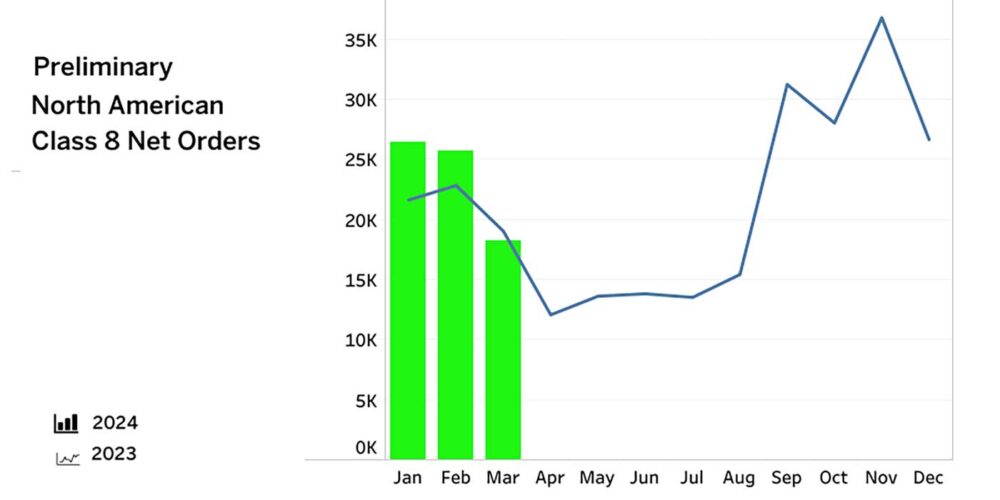Not so long ago, there were three primary criteria for truck tire selection: treadwear, durability and price. Consolidation of the tire manufacturing industry and advances in materials and process technology have brought wear and durability much closer together among tire brands, and at much higher levels of overall performance. It might even be said, provided an end user does a good job matching tire type to service conditions, it is hard to choose a bad tire. Competitive market conditions and the increase in tire dealerships with multiple brands have reduced price differentials among brands, although price negotiations still remain important regardless of brand and type.
Many tire makers now offer linehaul tires in “regular” and “fuel-efficient” types, with the primary difference being more sophisticated (read more expensive) tread and casing rubber compounds. These utilize more costly raw materials, typically coupled with more difficult mixing operations. Ironically, it often requires more manufacturing energy to produce a more fuel-efficient truck tire.
Real life fuel efficiency for fleets goes well beyond new tire selection. For example, Goodyear engineers cite data showing that many popular linehaul tractor tires have up to 5% lower rolling resistance at normal retread pull point (approximately 5-6/32 tread remaining) compared to when new. Worn tires under load roll with less energy input than new ones because there is reduced hysteresis (internal friction) loss as the shallower tread rolls through its footprint. This principle also favors shallow tread tires for trailer usage where abrasive wear conditions seen by these free-rolling tires translate to slower wear rates (more miles per 32nd of tread loss). Some tire engineers predict that new drive tire designs will soon appear that match current miles to removal, but with less initial tread depth to avoid some of the deep tread /rolling resistance tradeoff. Scheduling tire changes to minimize premature replacements saves fuel. A disciplined program to match partly worn dual tires in sets when only one tire requires removal will also save.
Diligent alignment maintenance saves fuel in many ways. First, industry data developed using TMC Type II testing have shown up to a 2.2% fuel economy penalty for 18-wheel vehicles having misalignment conditions no worse than often found in truckstop samplings. In setting alignment priorities, maintaining minimum steer axle toe-in is tops, drive axle parallelism and squareness to the chassis centerline is second, and trailer axle alignment to the kingpin is third. The tractor variables affect fuel economy by creating added scrub (energy loss), with the steer tires displaying the most severe wear symptoms of either steer or drive mis-alignment. Trailer misalignment creates added aerodynamic drag, similar to driving in a continuous crosswind.
Tire size selection can also affect fuel usage, and it’s been documented that rigs with less turbulence-prone open space between the truck/trailer bottom and the ground are more fuel efficient than those that ride higher. This assumes that appropriate gearing changes are made to keep the diesel operating in the same “sweet spot” of its fuel map.
Trailer skirts and other devices are now entering the market to further exploit this concept, but smaller diameter tires would be a more integrated first step, consistent with fleet needs to maintain ground clearance.
Finally, maximizing the use of retreads saves new tire expenses for fleets and can reduce overall fuel usage. This also helps by reducing total demand for oil. About 22 gal. of oil are required to manufacture one new linehaul truck tire, while modern retreads can be produced using only 7 gal. With the consolidation of retreaders, most of whom now have access to new tire materials and processing technology, the rolling resistance gap between new tires and retreads has become minimal or non-existent.
One final bit of advice: have a reliable inflation maintenance program. Whether achieved by manual checks or on-board TPMS systems, this is required for durability and long casing life, and benefits fuel economy.













